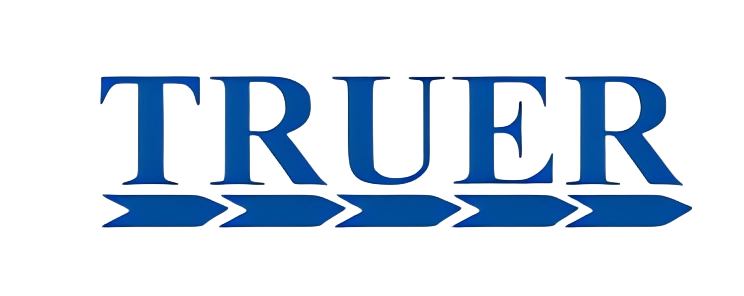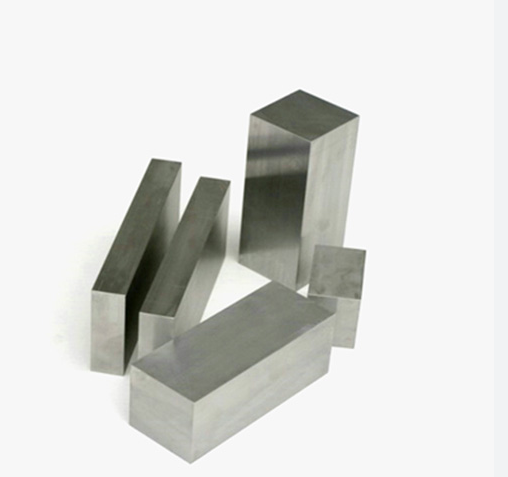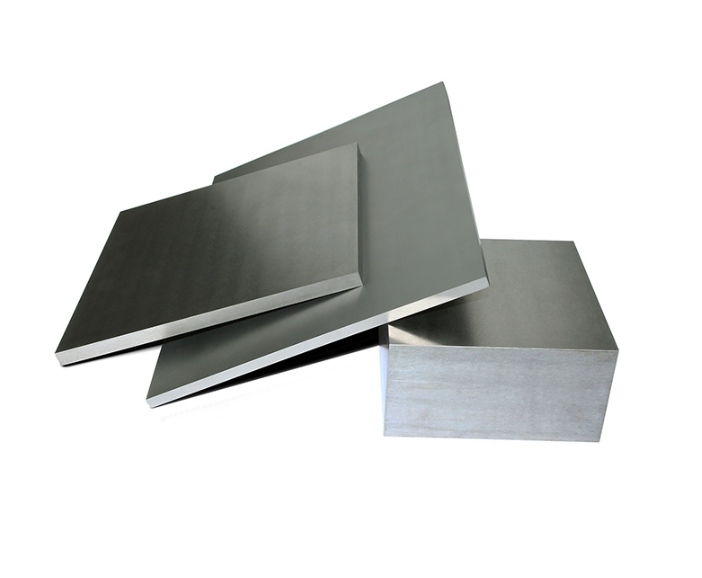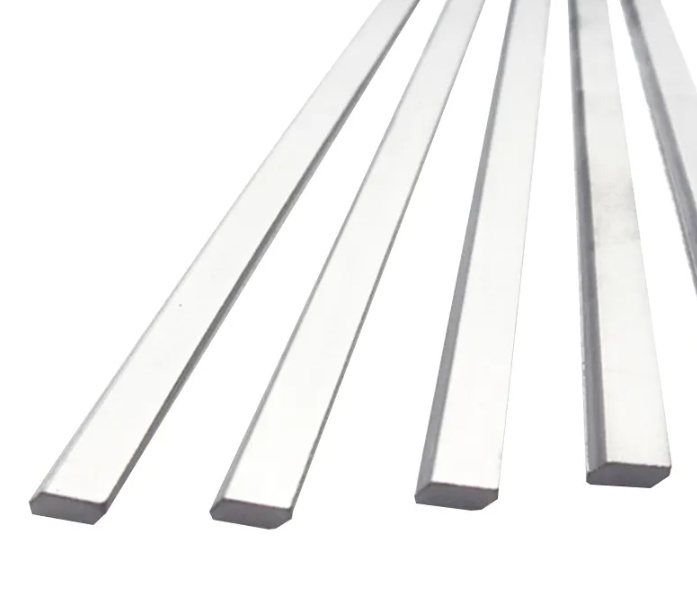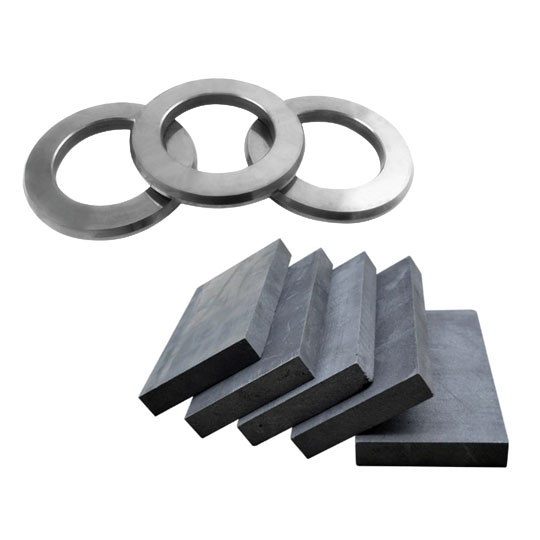Wear and tear are inevitable in industries dealing with heavy machinery, mining, and manufacturing. Carbide plates for wear liners offer an exceptional solution to prolong equipment life and enhance efficiency.
Characteristics of Carbide Plates for Wear Liners
Carbide plates, primarily made from tungsten carbide (WC) or chromium carbide (CrC), are designed to withstand extreme wear conditions. Here’s what makes them exceptional:
- Extreme Hardness: With a Mohs hardness rating of 9+, tungsten carbide plates are nearly as hard as diamonds.
- High Wear Resistance: These plates can endure abrasive materials like sand, ore, and coal far longer than steel.
- Corrosion Resistance: Unlike standard steel, carbide plates resist oxidation and chemical exposure, making them ideal for harsh environments.
- Impact Toughness: Some carbide compositions offer increased impact resistance, reducing breakage risks.
- Customizable Composition: Depending on the application, carbide plates can be mixed with different metal powders to enhance specific properties.
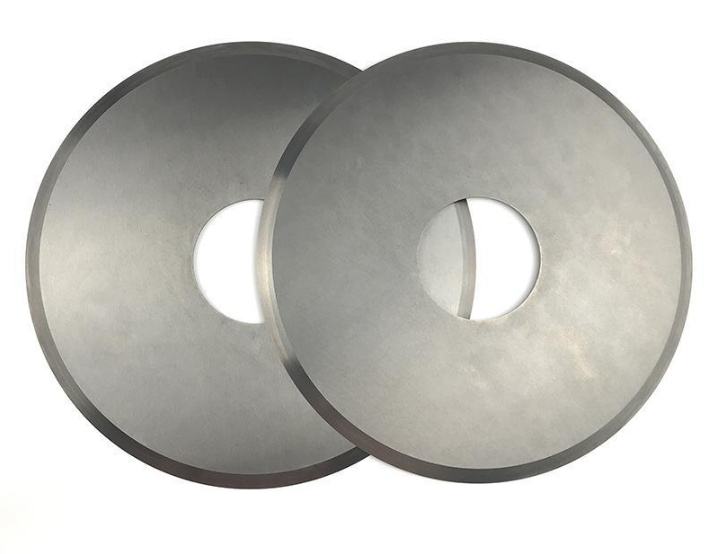
Top 10 Metal Powder Models for Carbide Plates
To optimize performance, carbide plates incorporate various metal powders. Here are 10 top-rated metal powders used in carbide plates:
| Metal Powder Model | Composition | Best for |
|---|---|---|
| WC-Co | Tungsten Carbide + Cobalt | Mining, drilling |
| Cr3C2-NiCr | Chromium Carbide + Nickel Chromium | High-temperature applications |
| TiC | Titanium Carbide | Cutting tools, high-speed machining |
| Mo2C | Molybdenum Carbide | Aerospace, extreme wear resistance |
| NbC | Niobium Carbide | Steel industry, heat shielding |
| VC | Vanadium Carbide | High-strength tools |
| ZrC | Zirconium Carbide | Nuclear, extreme heat resistance |
| TaC | Tantalum Carbide | Aerospace, advanced electronics |
| WC-Ni | Tungsten Carbide + Nickel | Oil drilling, wear-resistant coatings |
| B4C | Boron Carbide | Bulletproof applications, lightweight armor |
Common Application Industries of Carbide Plates for Wear Liners
Carbide wear liners play a crucial role in various industries where durability and longevity are vital. Here are some industries that benefit most from carbide plates:
1. Mining & Quarrying
- Used in chute liners, hoppers, and conveyor belts to withstand rock abrasion.
- Extends the lifespan of crushers and grinding mills.
2. Oil & Gas Drilling
- Essential for drill bits and wear-resistant coatings on extraction machinery.
- Reduces downtime due to premature wear.
3. Construction & Earthmoving
- Excavator bucket liners, bulldozer blades, and wear plates benefit from carbide plates.
- Enhances resistance to harsh terrain and impact loads.
4. Steel & Metal Manufacturing
- Protects furnace walls, ladle linings, and rolling mills.
- Minimizes heat and corrosion damage in extreme conditions.
5. Agriculture & Forestry
- Used in plowshares, harvesting equipment, and saw blades.
- Prevents wear from soil, gravel, and vegetation.
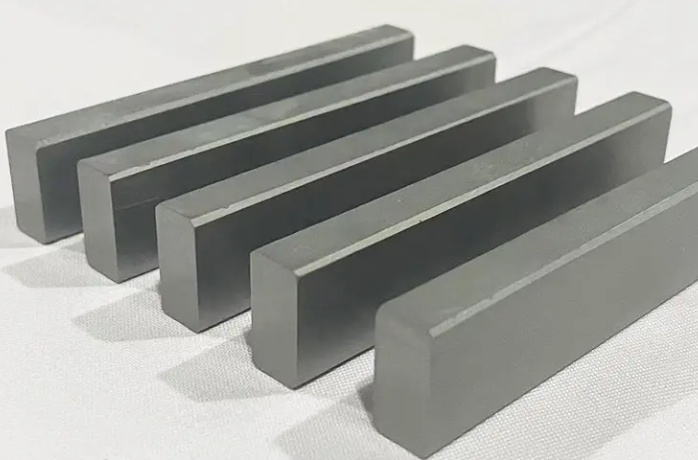
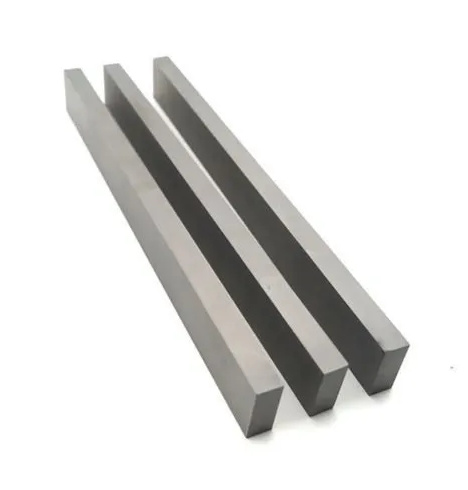
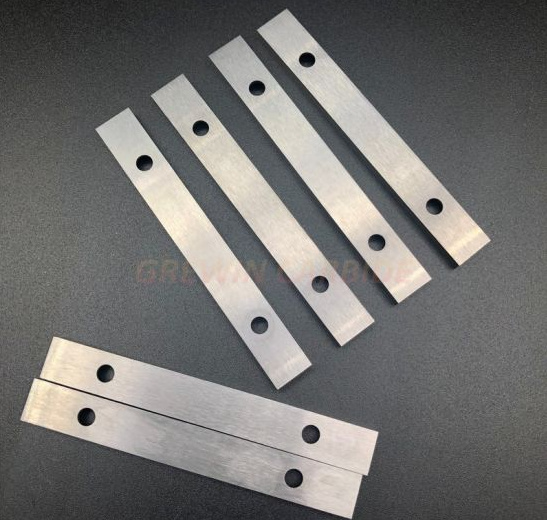
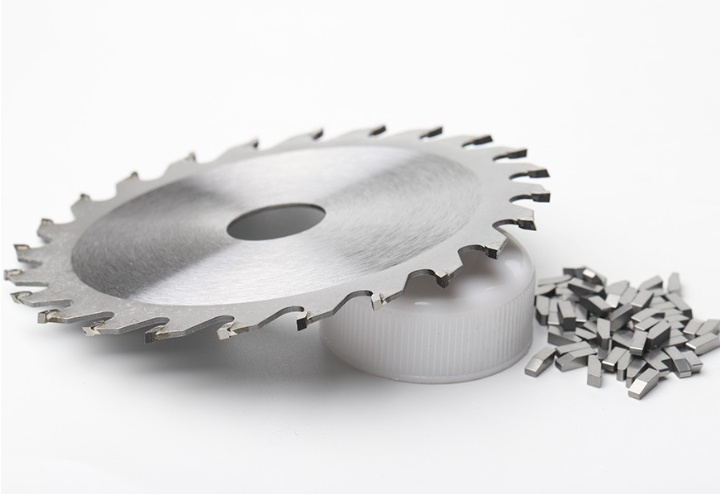
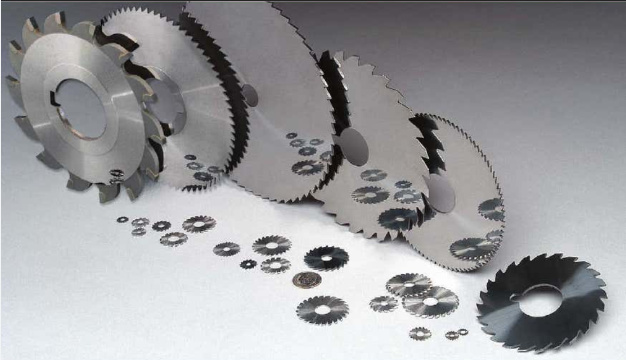
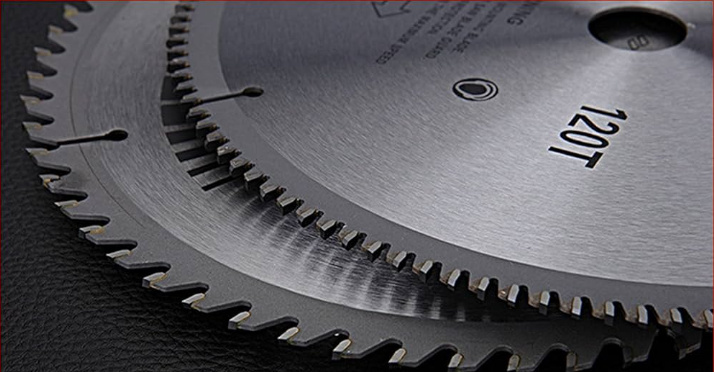
How to Choose the Appropriate Carbide Plates for Wear Liners
Selecting the right carbide plates depends on various factors. Here’s what to consider:
- Material Composition – WC-Co for mining, Cr3C2-NiCr for high temperatures, etc.
- Hardness vs. Toughness – Higher hardness for abrasion resistance, but increased toughness for impact resistance.
- Application Environment – Corrosion resistance needed? High heat? Heavy impact loads?
- Thickness & Size – Thicker plates last longer but may be heavier and costlier.
- Cost vs. Longevity – Higher initial investment often means lower long-term replacement costs.
Carbide Plates vs. Other Wear-Resistant Materials
| Property | Tungsten Carbide Plates | Chromium Carbide Plates | Hardened Steel | Ceramics |
|---|---|---|---|---|
| Hardness | Extreme (9+ Mohs) | High (6-7 Mohs) | Moderate (4-6 Mohs) | Very High (9-10 Mohs) |
| Wear Resistance | Superior | Excellent | Good | Superior |
| Impact Toughness | Moderate | High | High | Low |
| Corrosion Resistance | High | Very High | Low | High |
| Heat Resistance | High | Very High | Moderate | High |
| Cost | High | Medium | Low | High |
How to Install and Maintain Carbide Plates for Wear Liners
Installation Techniques
- Welding: Best for high-load applications but requires precision to prevent cracking.
- Bolting: Allows easy replacement but may not be as secure as welding.
- Adhesive Bonding: Used in lower-impact areas where welding isn’t feasible.
Maintenance Tips
- Regular Inspections: Check for cracks, wear patterns, and corrosion.
- Cleaning Procedures: Use non-abrasive cleaners to avoid surface damage.
- Timely Replacements: Replace sections before complete failure to prevent machine downtime.
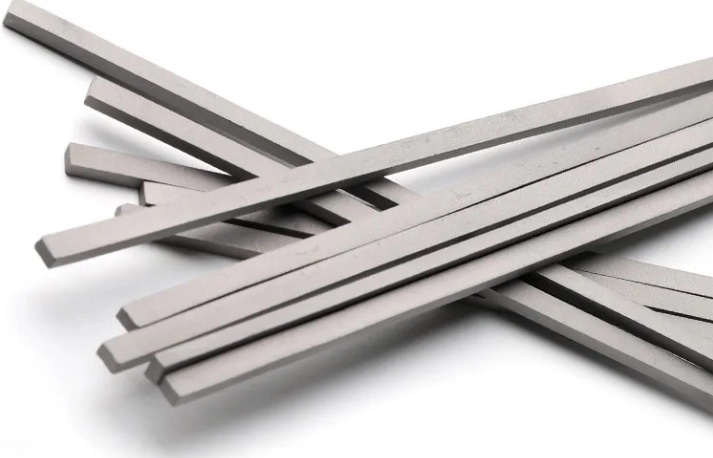
FAQs
| Question | Answer |
|---|---|
| What is the lifespan of carbide wear liners? | It varies by application but typically lasts 3-10 times longer than steel liners. |
| Are carbide plates expensive? | They have a higher upfront cost but reduce replacement frequency, making them cost-effective in the long run. |
| Can carbide liners be customized? | Yes! They can be cut, shaped, and alloyed to fit specific industrial needs. |
| How do I know if I need tungsten or chromium carbide? | Tungsten carbide is best for abrasion resistance, while chromium carbide excels in high-temperature environments. |
| Are carbide plates environmentally friendly? | Yes, they reduce material waste and are often recyclable. |
